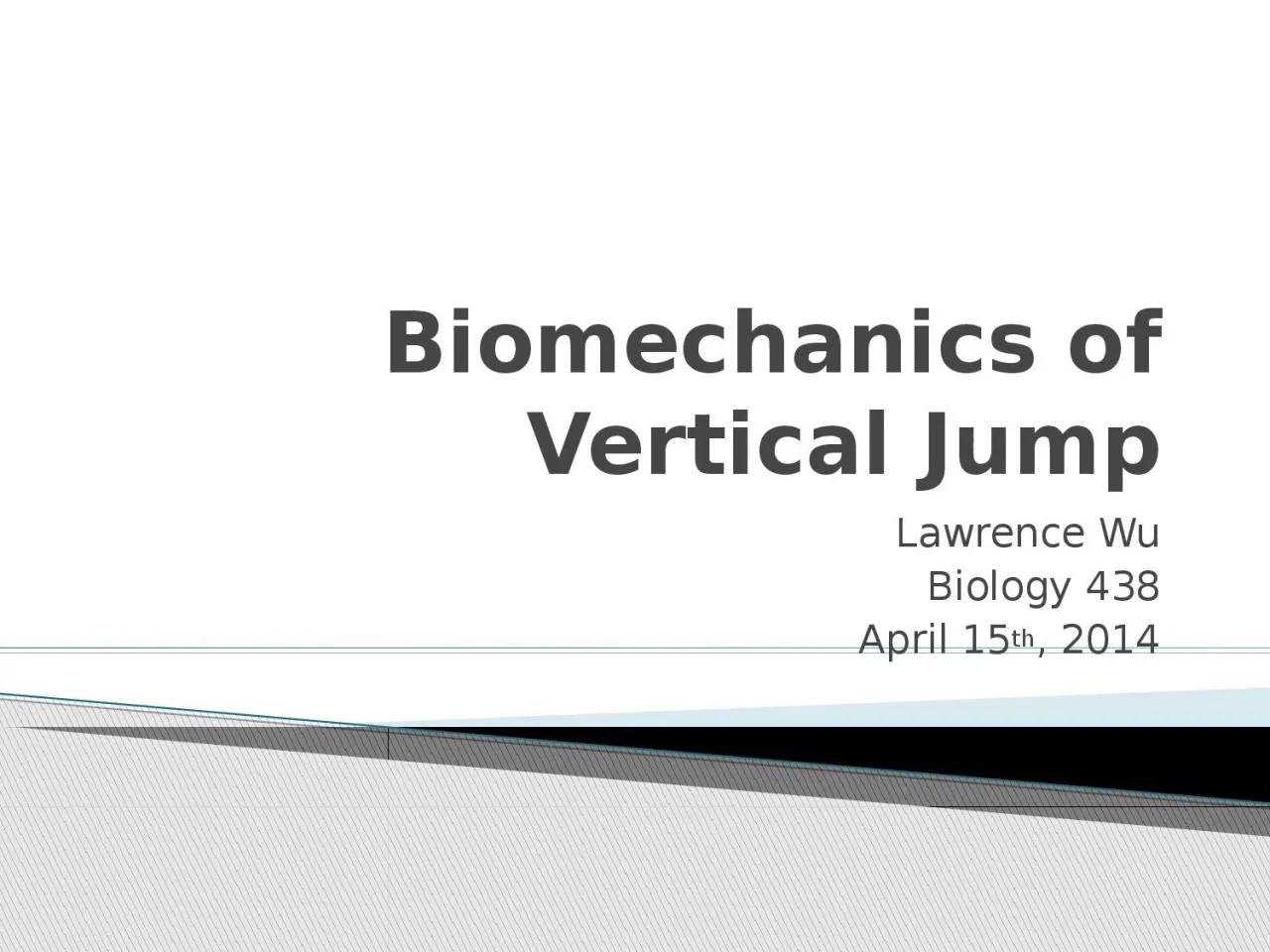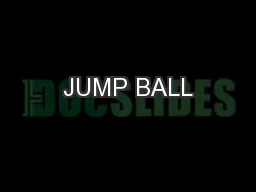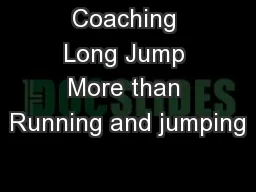PPT-Biomechanics of Vertical Jump
Author : williams | Published Date : 2024-03-13
Lawrence Wu Biology 438 April 15 th 2014 Act of raising ones center of gravity higher in the vertical plane solely with the use of ones own muscles Vertical
Presentation Embed Code
Download Presentation
Download Presentation The PPT/PDF document "Biomechanics of Vertical Jump" is the property of its rightful owner. Permission is granted to download and print the materials on this website for personal, non-commercial use only, and to display it on your personal computer provided you do not modify the materials and that you retain all copyright notices contained in the materials. By downloading content from our website, you accept the terms of this agreement.
Biomechanics of Vertical Jump: Transcript
Download Rules Of Document
"Biomechanics of Vertical Jump"The content belongs to its owner. You may download and print it for personal use, without modification, and keep all copyright notices. By downloading, you agree to these terms.
Related Documents














